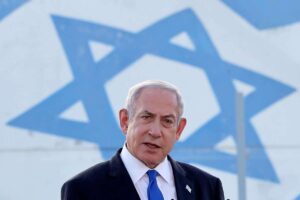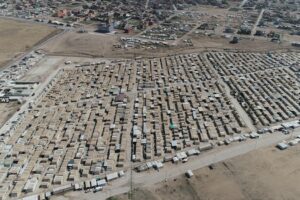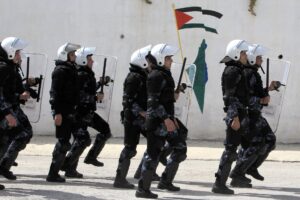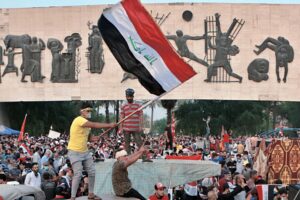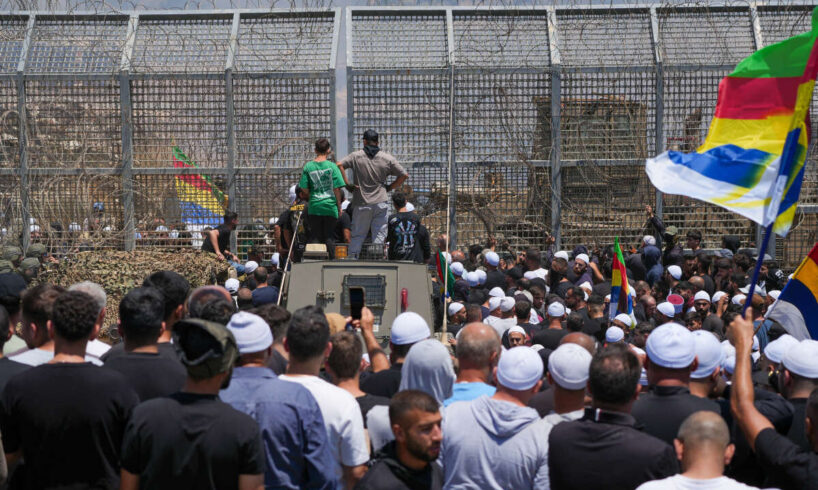
The fighting between Syrian government forces and the Druze seemed to end on Wednesday, after two days of bloodshed that drew IDF involvement and prompted Israeli Druze to cross into Syria to support their community. This occurred after Israel obtained a commitment from Syria’s president to order his forces to retreat from the Druze town of Sweida, under a ceasefire deal between the sides.
Assuming these events have truly concluded, they should ignite a glaring warning signal in Israel, or rather a sequence of alerts necessitating profound systemic analysis. The incidents revealed Israeli weaknesses and potential threats that require immediate attention to avert a larger catastrophe.
Warnings for the defense establishment
The first alert pertains to Syria, specifically its president. Israel, alongside the international community, aimed to see Mohammed al-Julani – now Ahmed al-Sharaa – as a courageous partner for transformative regional change. Reports even noted meetings between the former militant turned leader and Mossad head David Barnea, National Security Council chief Tzachi Hanegbi, and other senior figures, with prospects of agreements to be signed between the countries. Such expectations may have been hasty: it remains unclear if al-Sharaa is what Israel perceives him to be, or if he can genuinely fulfill expectations.
The second alert concerns Syria’s current leadership. It comprises jihadists with a violent past and an ideology offering little tolerance for opponents. The Alawites, removed from power, felt this through a massacre earlier this year in Latakia and Tartus, and now the Druze face similar threats. The Shiites, including Hezbollah – their representatives in Lebanon – are also in the crosshairs. There is no indication that jihadists have different intentions for Jews if given the chance.
Video: Hundreds of Druze have crossed the border fence in Majdal Shams
The third alert focuses on Syria’s Druze. The blood feud ignited now remains unresolved despite the ceasefire, and given the regime’s character, it will likely resurface. Israel must determine how far it is prepared to go for its allies: will it offer only air support, or, if needed, send divisions for ground combat for an uncertain duration.
The fourth alert involves the possibility that Israel may need to take in Syrian Druze. It is uncertain if they plan to seek refuge, but the rapidly shifting Middle East may force swift decisions. This happened with South Lebanon Army members who collaborated with the IDF in southern Lebanon and fled to Israel overnight during the 2000 withdrawal. Israel has no plans to absorb thousands of Druze – or more – a complex inter-ministerial issue requiring staff work now, in collaboration with Israel’s Druze community.
Internal challenges
The fifth alert addresses Israel’s Druze community. The alliance with them is firm, recognized, and clear, but the political-security leadership must hold open discussions to set boundaries. Thousands of Israeli Druze breaking through the border into Syria risks disaster, as they could be killed or abducted, potentially dragging Israel into a complicated conflict. Israel rightly committed to protecting its allies in Syria; it should clarify to its Druze community that this is the IDF’s responsibility, not a task for independent actions.
Syria’s security forces enter the predominantly Druze city of Sweida on July 15, 2025, following clashes between Bedouin tribes and Druze fighters (Sam HARIRI / AFP)
The sixth alert is directed at the IDF. In May 2011, during the start of Syria’s civil war, thousands of Palestinians crossed from Syria into Israel. The failure of defenses then led to the establishment of a dedicated division (210) and an advanced barrier. Both collapsed on Wednesday. The IDF argued its role is to prevent entry into Israel, not to stop exits, but this is evasive and demands a detailed investigation and solutions to avoid similar failures.
The seventh alert concerns situational awareness. The movement of forces to Sweida started Monday night. Israel promptly warned the Damascus regime and conducted symbolic warning strikes, but significant force reinforcement occurred only on Wednesday, when events peaked. This suggests erroneous assessments by senior political and security officials, possibly due to overdependence on the partner-enemy al-Sharaa.
The eighth alert is for Prime Minister Netanyahu. In English-language interviews, he stated that had he been given the warning signs before Hamas’s October 7 attack, he would have acted differently. Now, with all warning signs evident, he relied on his team – Barnea and Hanegbi – engaging with al-Sharaa, and on the Americans, without ordering IDF force reinforcement or measures to calm Israel’s Druze community. These steps were taken with considerable delay, when Israel was one step from a major crisis.
Video: The moment of the strike near the Syrian military general staff building, as broadcast on Syrian state television // Arab networks
Despite these issues, recent events had some positive notes. Al-Sharaa, despite uncertainties about his true motives, operates with caution and is susceptible to influence. Mediators – primarily Americans, Turks, and Qataris – exert a moderating effect on him. His presence in Syria poses a significant challenge but still offers more benefits than drawbacks, especially in disrupting the Shiite axis and weakening Hezbollah.
The robust connection with the Druze, tested in a difficult situation, prevailed. Israel should strengthen this bond by addressing disputes with the community over land issues and resolving the Nation-State Law. The time to act is now, before Syria’s tensions reignite.
